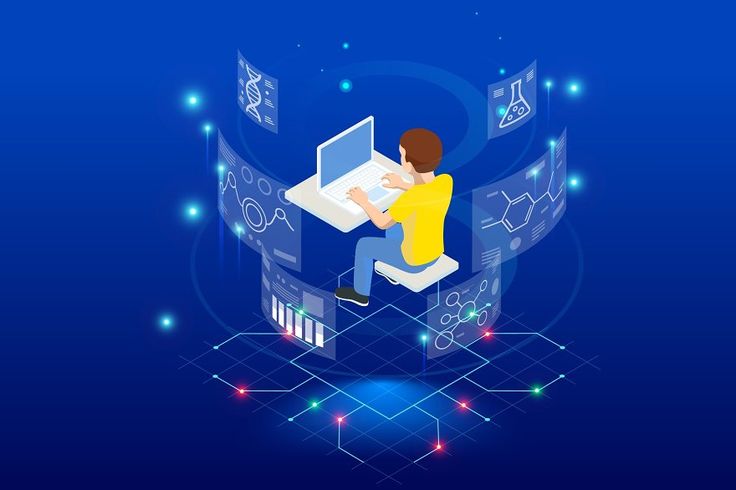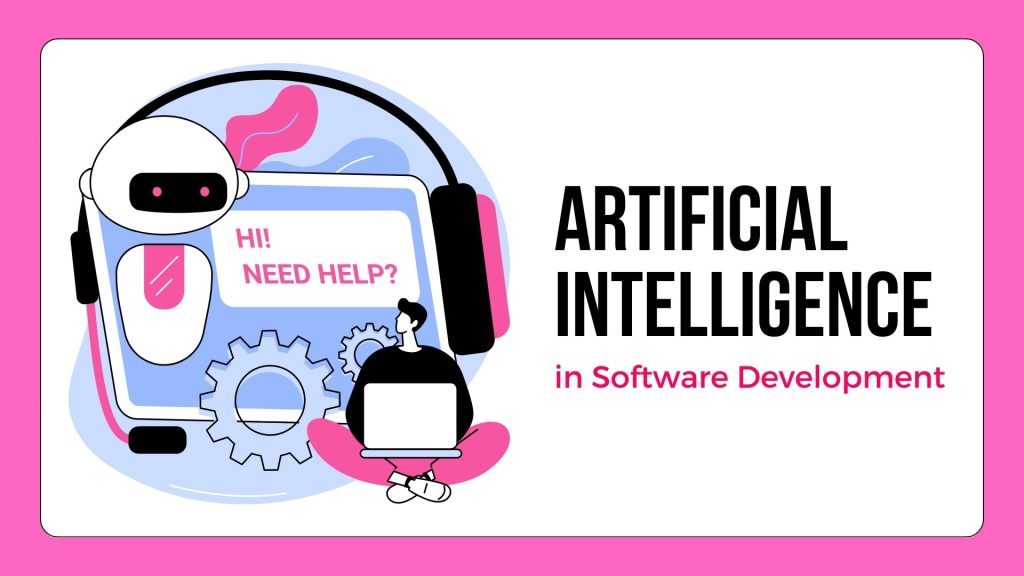Raipur’s IT Ecosystem: A Conversation with Jain Software’s Founders
In Official BlogIntroduction:
The Genesis of Jain Software:
Jain Software, which started in the lively city of Raipur, has been key in how IT changes there. The tale starts with the people who started the company – their strong love for technology, promise to do well and a deep-down wish to help where they live.
They saw the unused potential of Raipur’s tech World and thought about a future where more than just using technology, their city will help in making it. This idea made them start Jain Software, says Mr. Sohil Jain who is one of its founders.
The Early Challenges:
Every trip comes with its own difficulties, and for Jain Software, the start was no different. Starting a tech company in a city that was not usually good at computers brought its own problems, thinks Mr. Sohil Jain who also began the business with others. “But, problems are what make us stronger. We viewed them as ways to grow, change and improve.”
The people who started it stress how important help from the community is during those early times. Mr. Sohil Jain said, “Raipur’s community was very important in our trip. They were really excited and believed strongly in what we wanted to do which helped us get over the problems.”
Contributing to Raipur’s Tech Ecosystem:
As Jain Software expanded, so did its dedication to helping Raipur’s IT world grow. Mr. Sohil Jain says, “We didn’t just want to be any regular software company. Instead we wanted to bring change and drive Raipur towards digital transformation.”
The firm works closely with nearby schools to give students internships, classes and ways of learning new skills. “By putting money in local skills, we’re not just making a smart workforce for Jain Software but also helping Raipur grow,” says Mr. Sohil Jain.
Tech Talks and Collaborations:
Jain Software cares not just about its own circle. The people who started it tell about the many tech talks and team efforts they did to share knowledge in their city. Knowledge is a strong tool for change. We set up regular tech talks and workshops where we can share knowledge with others, says Mr. Sohil Jain.
These events not only let professionals and hobbyists meet, but they also help new business owners get started. “Raipur has great potential, and we want to be on the path that changes it into a place for innovation and technology,” says Mr. Sohil Jain also.
Raipur’s IT Renaissance:
Through their work, Jain Software has seen and played a part in Raipur’s comeback for IT. “The city of Raipur is going through a big change. They are moving from old-fashioned jobs to new technology companies and there’s an exciting feeling that shows the city wants to be ready for advanced computers,” says Mr. Sohil Jain.
The people who started Raipur are hopeful about how good it could be in the future for technology. “We are seeing a lively group form, with new businesses and old companies along with learning places joining to make a strong computer IT scene,” says Mr. Sohil Jain.
Addressing Local Challenges:
Understanding the local details and problems has been very important for Jain Software’s success. Mr. Sohil Jain says, “Raipur has its own problems and as a business closely tied to the community we need to solve them.”
Jain Software takes part in activities about getting more people into technology use, helping them learn new skills and improve tech setup. “We think of everyone growing together. No one should be left out during the change to new technology,” adds Mr. Sohil Jain.
Future Vision for Raipur:
As we end our talk, the creators tell us what they hope for in days to come. Mr. Sohil Jain says, “Raipur can become an important part of technology in the whole country and world. We want a future where people hear Raipur when they think about new ideas, startups grow here each day and using good tech helps development that will last a long time.”
The talk ends with a feeling of hope and excitement for what comes next. The people who started Jain Software helped Raipur’s computer world grow. They made a future where technology and tradition can live together happily, helping the city get better fast.
Conclusion:
In the end, talking to Jain Software’s creators shows that Raipur has a growing and exciting IT world. Jain Software’s smart ideas have helped us understand how important they are to the city and its technology.
The picture made by the founders, along with their ideas and dedication to being great has not only got Jain Software seen as an important part in Raipur’s computer world but also helped a lot making this city do well on how good it is at technology stuff. The mix of a city’s know-how and worldwide goals in the talk shows an active push that is driving both business and place to new high levels.
Looking back at the journey we talked about, it’s easy to see that Raipur’s IT world isn’t just something nearby. It shows how technology helps make growth and development happen. Jain Software’s success shows a good example for other companies and workers in the area. It tells us that some big changes, teamwork, and influence around the world can happen with hard work.
This talk not only praised the success of Jain Software but also highlighted that Raipur is growing IT community in wider story. As technology gets more important in the future, Jain Software’s story and Raipur’s IT growth shows what can happen when local efforts join with big ideas.


















